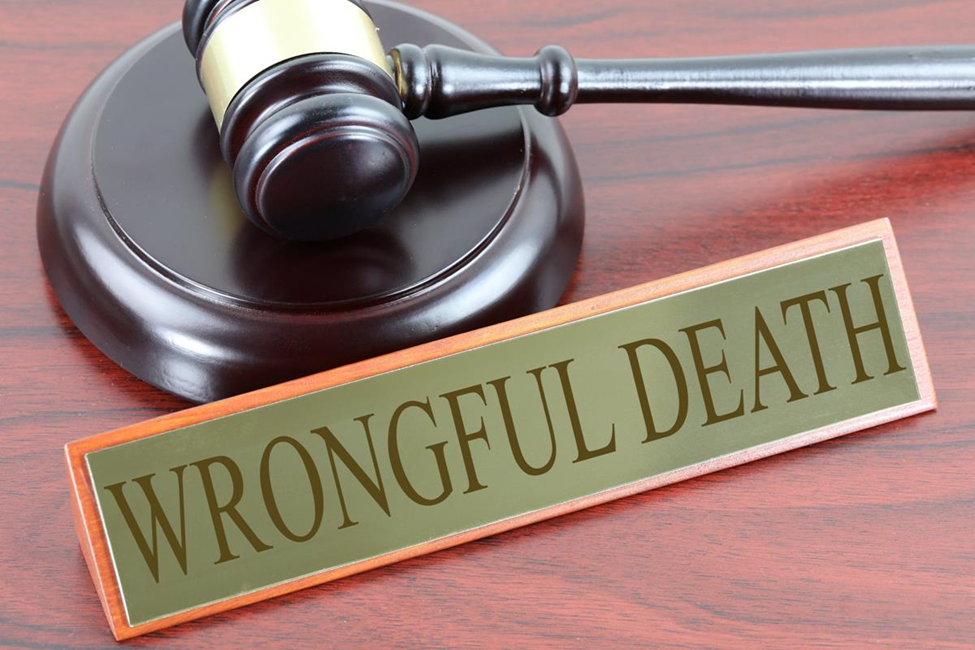Losing someone you love is devastating—especially when it happens because of someone else’s negligence. The emotional burden is great, and then add to that the all-consuming legal process.
This is why knowing how to file a wrongful death lawsuit is so important. Pittsburgh, Pennsylvania, is a city known for its bridges, steel history, and its close communities. From its beautiful rivers to its busy Strip District, it is a city full of life and connection.
However, when tragedy occurs, families often need experienced legal help. Working with a wrongful death lawyer in Pittsburgh can help you pursue justice and hold the responsible party accountable.
In this guide, we will lead you step-by-step through how to file a wrongful death lawsuit—from understanding the rights owed to you to navigating the intricacies of the court process—so that you can move forward with focus and purpose.
Understanding Wrongful Death
A wrongful death lawsuit is a civil action filed when a person dies as a result of another person’s negligence or intentional act. Wrongful death actions arise out of automobile accidents, medical malpractice, work-related injuries, and/or defective products.
The purpose of a wrongful death action is to hold the wrongdoer responsible for their conduct and to obtain compensation for the benefit of the survivors. Statutes in each state vary with respect to who may bring the action and what damages may be recovered thereunder.
In Pennsylvania, for example, the action for wrongful death is usually brought by the personal representative of the decedent’s estate for the benefit of the surviving spouse and children.
Step 1: Establish Proper Standing
Legal standing requirements determine who may file a wrongful death lawsuit:
- A surviving spouse, child, or parent.
- A personal representative (normally named in the will or appointed by the court).
If no one files within six months, relatives may have the right to step in. Legal standing should be established in a timely fashion to avoid delays.
Step 2: Determine Statute of Limitations
Timing is crucial. The statute of limitations for wrongful death actions in Pennsylvania is two years following the date of death. If you do not file within that period, you forfeit the right to bring a lawsuit. There are very few exceptions. Get your records in order soon.
Step 3: Gather Key Evidence
You’ll need solid proof linking the defendant’s actions to the death. Evidence might include:
- Police or accident reports
- Medical records and expert testimony
- Photos, videos, or surveillance footage
- Witness statements
- Employment or safety logs (in workplace cases)
The stronger your evidence, the more leverage you have in settlement negotiations.
Step 4: Calculate Damages
Damages cover both economic and emotional losses. Courts look at things like:
- Medical bills and funeral expenses
- Lost wages and benefits
- Pain and suffering
- Loss of companionship and guidance
According to the Centers for Disease Control and Prevention (CDC), unintentional injuries are the fourth leading cause of death in the U.S., responsible for over 200,000 deaths each year. These cases often leave families with massive financial strain, which is why calculating fair compensation is crucial.
Step 5: File the Lawsuit
Once evidence gathering is complete, your attorney files a civil complaint outlining the facts, the defendant’s liability, and the damages you are seeking.
The defendant is then served, that is, officially notified of the case, and has time to answer. If the case goes on, both sides go into the discovery stage, where they exchange information, including depositions. Here, many cases are settled, but if they are not, the case proceeds to trial.
Step 6: Negotiate or Go to Trial
Most wrongful death lawsuits settle before reaching a courtroom. Settlements save time, stress, and costs. But if a fair agreement can’t be reached, a judge or jury decides the outcome.
At trial, your lawyer presents evidence and witnesses. The court then determines if the defendant is liable and how much compensation to award. While trials can be emotional, they sometimes bring families the closure they need.
Step 7: Receive the Settlement or Judgment
If you win, the court issues a judgment. The money may be distributed among family members according to state law or prior agreement. Funds can cover immediate costs and help secure long-term stability for dependents.
Practical Tips
- Act fast: Delays can cost you your case.
- Keep everything: Save receipts, emails, and records related to the incident.
- Avoid social media: Posts can be used against you in court.
- Choose experience: An attorney who understands wrongful death law can streamline the process and help you focus on healing.
Key Takeaways
- A wrongful death claim seeks accountability, not revenge.
- You usually have two years to file in Pennsylvania.
- Gather evidence early—proof drives results.
- Economic and emotional damages are both recoverable.
- Settlements are common, but trials can bring closure.
- Having an experienced lawyer ensures your rights are protected.








